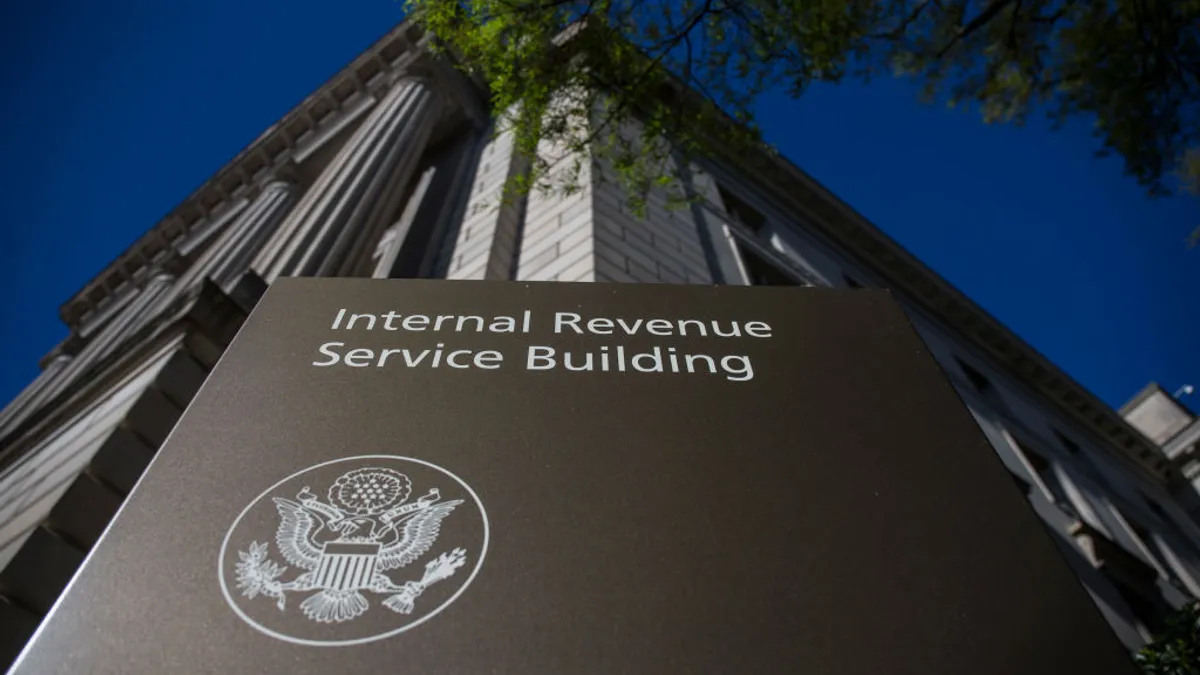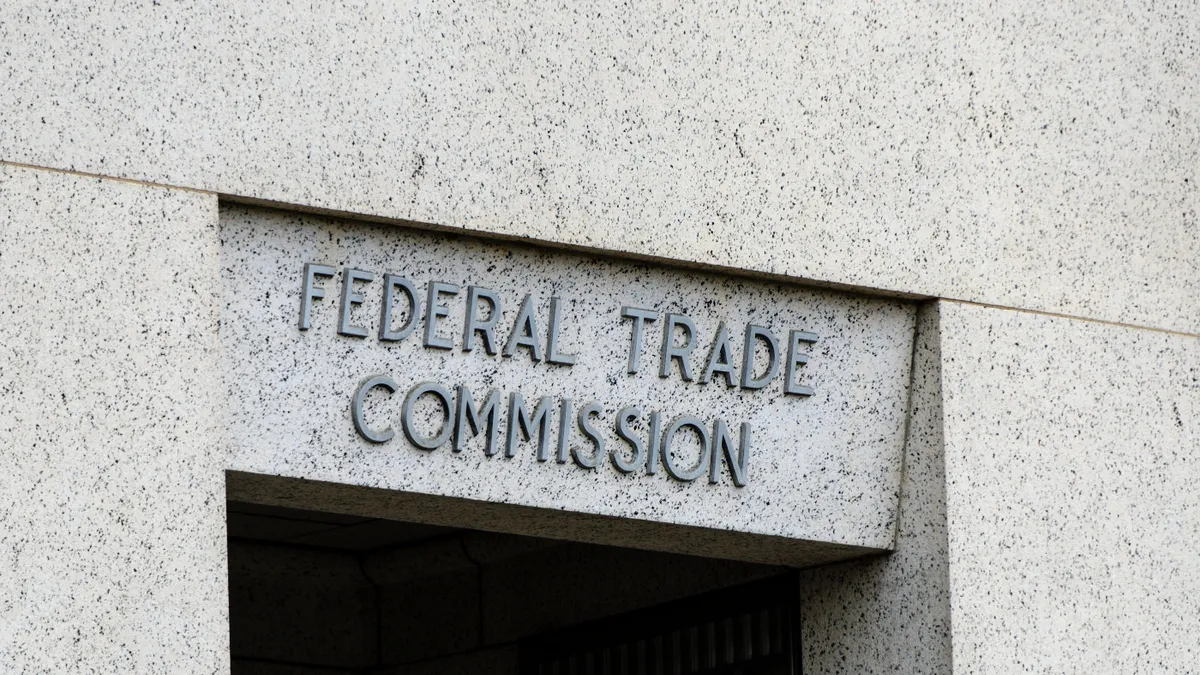Having employees work from home until COVID-19 subsides is a practical solution to the pandemic but it also creates potential state-level problems with nexus, business- and payroll taxes.
The challenge is compounded for two reasons.
First, multiple states have been modifying their regulatory positions on nexus and tax liability as a result of the dramatic increase in pandemic-related telecommuting. While some states are providing businesses clear regulatory guidance, others are not, creating a potential compliance void for affected organizations. Second, organizations might not know from which location their employees are working, which could cause inadvertent omissions of required state filings. Legislation pending in Congress would mitigate these problems but the bill’s future is uncertain.
Is there nexus?
Companies that have nexus with a state are subject to the state’s jurisdiction and tax laws. Some circumstances — such as the location of company headquarters or sales offices in a state — create a physical nexus. In 2018, the Supreme Court’s Wayfair Inc. decision allowed states to collect sales taxes on remote companies’ in-state sales by claiming an economic nexus.
States have long maintained that having an employee work in the state creates an obligation for the employer to withhold that state’s payroll taxes, but the impact of telecommuters on the employer’s nexus footprint in that state has largely been an open question, says Dan Kidney, director of state and local tax for Wipfli, LLP.
As an example of an employee whose work function is likely not nexus-creating, Kidney points to a telecommuting information technology specialist, whose work is strictly internal and has nothing to with producing a company’s products or services. Particularly in light of the pandemic’s dramatic expansion of telecommuting and impact on state budgets, more states are now taking the position that the in-state presence of such a telecommuter creates nexus for the employer, Kidney says.
But the nexus question for COVID-19 telecommuters remains murky. It depends on state regulations and, in some cases, there was no definitive guidance available as of early August.
Law firm Hodgson Russ LLP surveyed 50 states for its publication, “State Guidance Related to COVID-19: Telecommuting Issues Updated," released August 10. The firm asked, “(Is) Nexus Imposed Due to Telecommuting?” The good news is that a growing number of states responded that employees who are telecommuting due to the pandemic will not create nexus for corporate income tax or sales tax, at least for a specified period. Other states responded that it would create nexus, typically because they had not modified their regulations in response to the pandemic, but a disconcerting number of states provided no guidance.
Nexus matters. Kidney once encountered a case in which an employee’s wife was transferred to Massachusetts. The husband subsequently asked his employer for a transfer to the state, a move that would establish corporate income tax nexus for his company. The business tax expense that nexus would impose was so onerous that the company denied his request and asked him to consider moving to a neighboring state or resigning his position.
Who gets the personal income tax?
States have the authority to tax residents on their worldwide income. The typical arrangement is that taxpayers who work out of state pay personal income taxes to and file with the nonresident state — i.e., the employer’s location — and subsequently claim a credit for those taxes on their resident state tax return, assuming their home state has an income tax. An employee’s liability on income for state tax purposes is usually based on where the employee was physically located while working.
Eileen Sherr, senior manager for tax policy and advocacy at the American Institute of Certified Public Accountants, says that some states and areas, such as the District of Columbia, Maryland and Virginia, have reciprocity agreements that eliminate the need for nonresident state withholding and out-of-state filing.
There is currently no nationwide, uniform standard for determining when a state can begin to impose payroll taxes, says Sherr. “If you go into another state for just a few days, each state has their own rule as to how long you can be in that state working before you owe any income tax to them,” she says. “With some states, it's the first day and with some states it could be over 60 days that you could be there working without having to pay any taxes.”
Additionally, several states use a “convenience of the employer” rule to determine if they will collect telecommuters’ taxes. These regulations permit the state where the employer is based to tax telecommuters’ full compensation unless the employee is working remotely for the employer’s convenience, not the employee’s.
Being locked out of the office would appear to be a clear-cut case of employer’s convenience, but guidance from the affected states has ranged from clear to none.
The Hodgson Russ survey asked what state gets to tax the income of a telecommuter. Some states responded that it should be the employer’s home state; others said the employee’s home state, while other states have not addressed the issue. Consequently, some employers and employees could face tax claims from both states and potential double taxation.
In addition to nexus and payroll taxes, Kidney says COVID-19-related teleworking raises additional areas that require monitoring, such as workers’ compensation and unemployment insurance laws in the states where telecommuters are working. “These issues also implicate a variety of non-tax matters such as minimum wage laws in the work-from state and the issue of whether or not the employer is considered to be doing business in the state for secretary of state purposes.”
Track your employees
It’s natural to assume employees are working from their primary homes during the pandemic but that’s a risky assumption. News stories reported that numerous urban residents were relocating to parents’ homes, vacation homes or less densely populated areas.
Sherr emphasizes that employers need to know their employees’ work locations. “They should know where they worked and they should try to track the number of days that they were there, when they started and if they're moving work locations,” she says. “They should check those states that they are working in to see if they provide guidance and to see how long you can be working in that state before you owe taxes.”
Monitoring the situation
In July the "Remote and Mobile Worker Relief Act," S. 3995, was introduced in the Senate; it has since been folded into a bill called "Health, Economic Assistance, Liability Protection and Schools (HEALS) Act."
According to Ernst & Young, HEALS’ provisions would:
- Prohibit the imposition of state income tax and withholding for employees temporarily working in a state due to COVID-19 for less than 90 days through Dec. 31, 2020.
- Relieve employees and employers of nonresident income tax and withholding if employees are working in the nonresident state for less than 30 days in the calendar year. These provisions would run from 2021 through 2024.
- Provide nexus relief for purposes of the imposition of state business taxes due solely to employees' temporarily working in the state because of the COVID-19 emergency.
As of mid-August, Jamie Yesnowitz, principal and SALT-national tax office leader at Grant Thornton LLP, did not expect to see any action on the HEALS Act for several weeks and it was unclear if the legislation would retain the mobile workforce provisions. Nonetheless, he advises CFOs to continue tracking the bill’s progress and monitor guidance from state tax authorities on the subject, which are often released as notices.





















